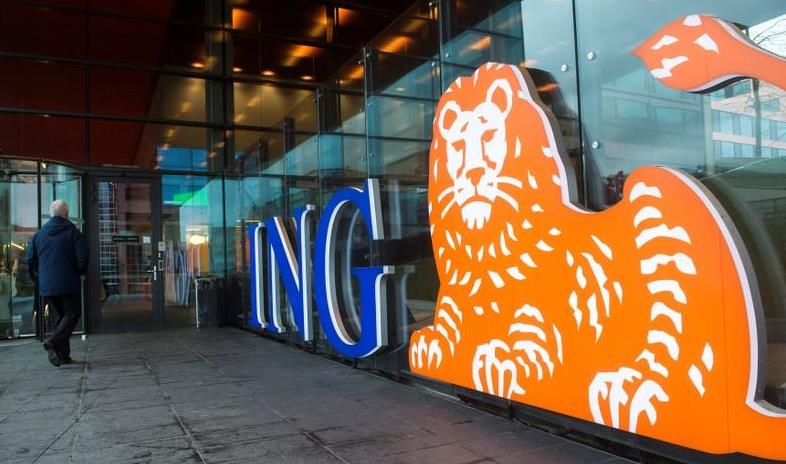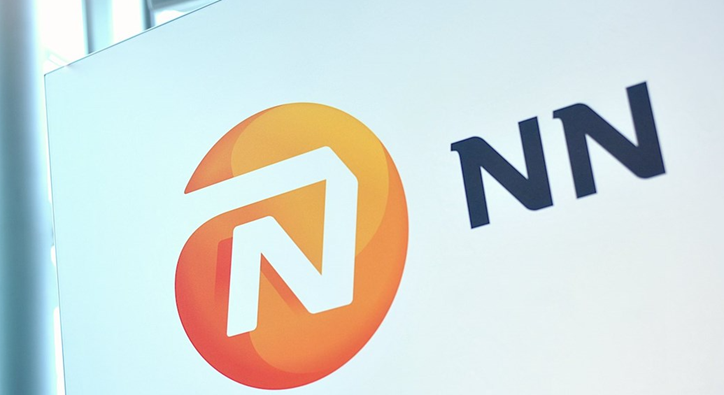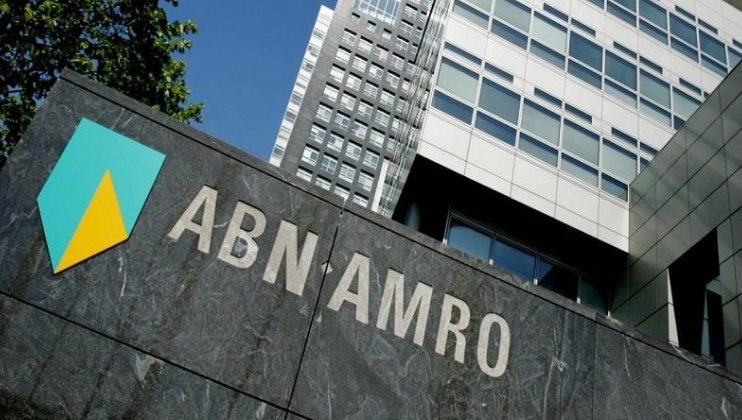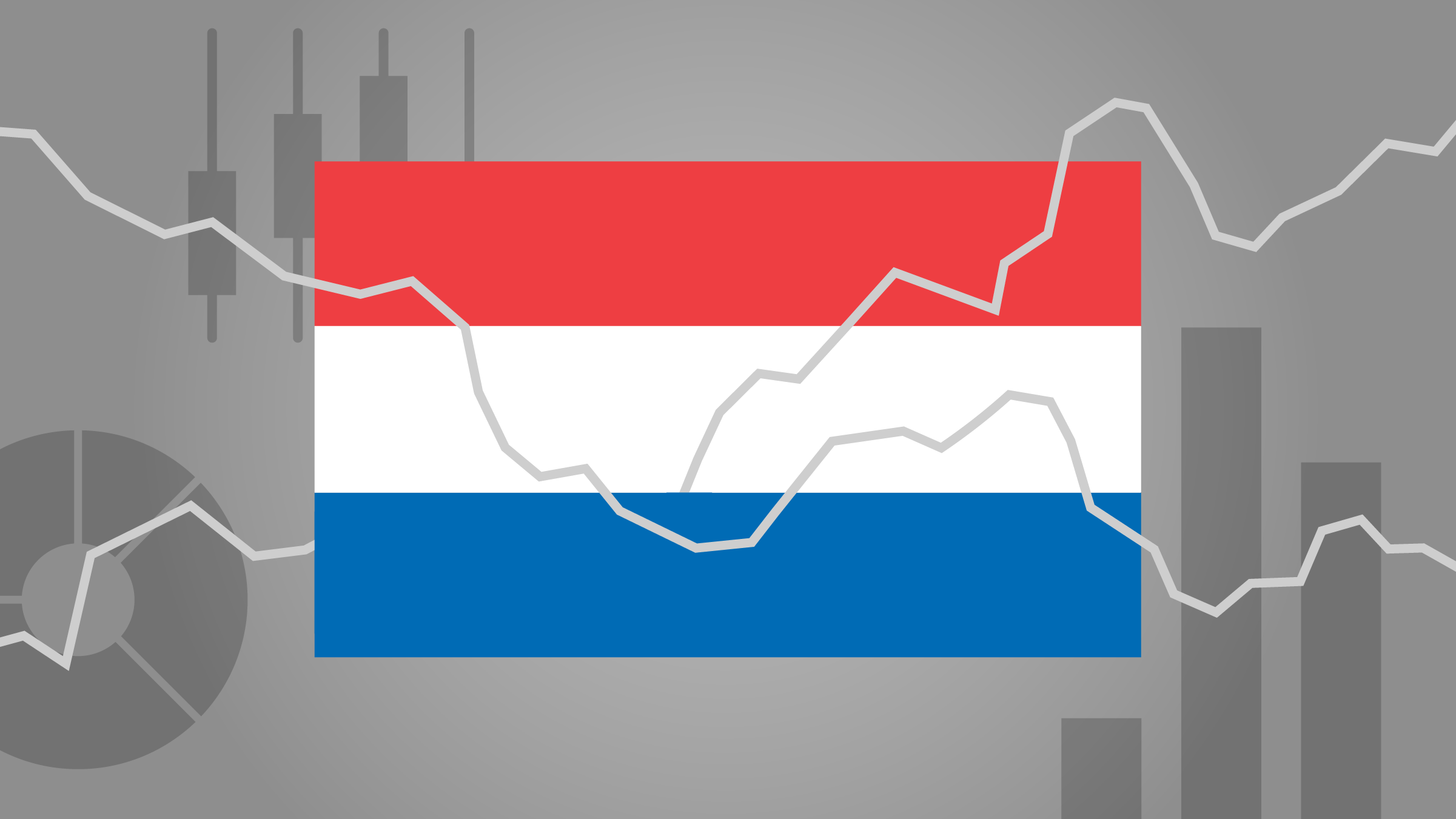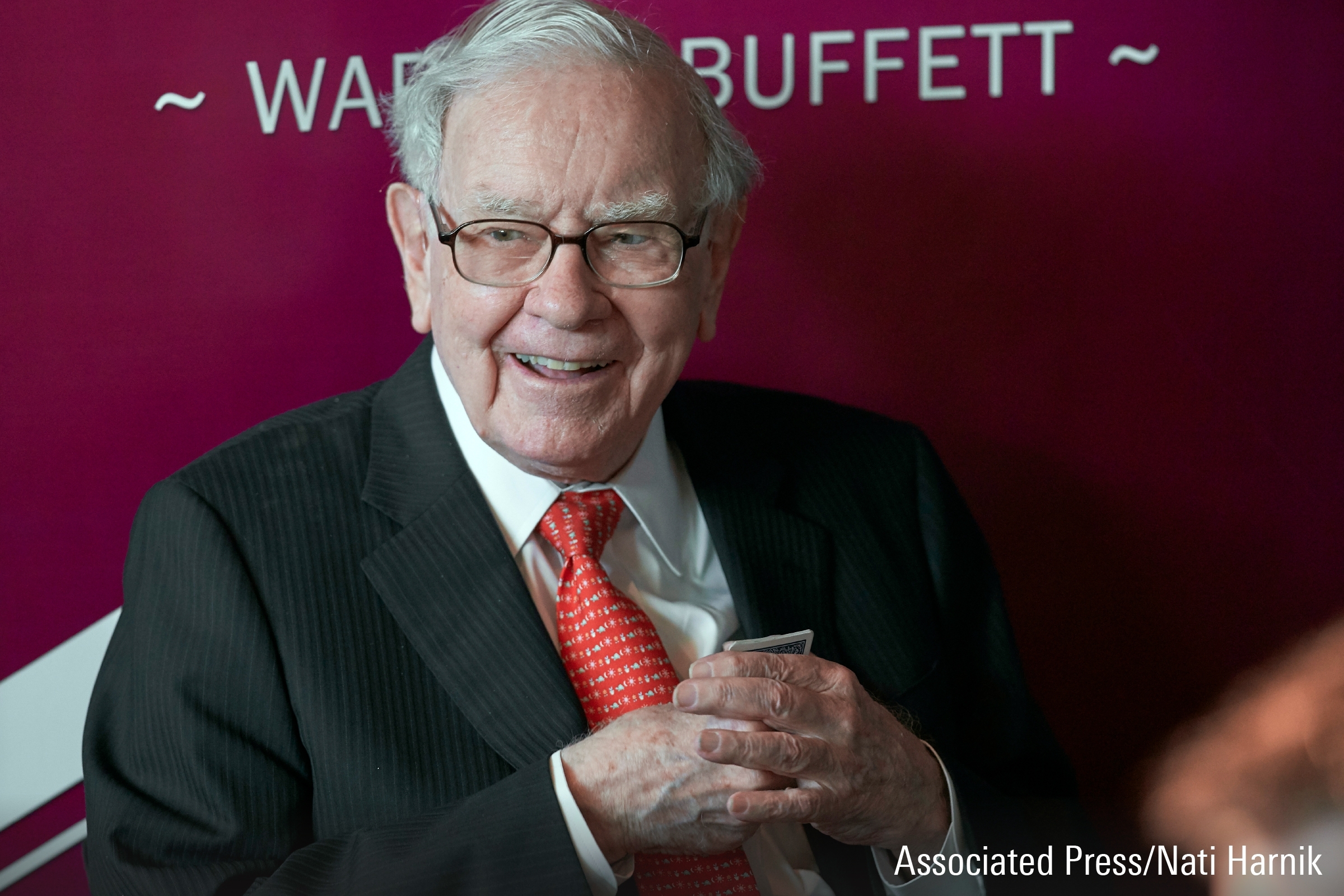INVESTMENT THESIS![]()
We believe ING Group has clearly articulated its intentions and priorities for the next few years. One important aspect of the firm's ongoing turnaround efforts has involved shrinking its balance sheet substantially through asset sales and the public offering of divested businesses (such as the initial public offering of ING's U.S. insurance business in 2013 and this year's scheduled offering for its European insurance business). This follows the company's decision three years ago to separate ING's banking operations from its insurance business (from an operating perspective), which ended a 20-year-plus joint operation between the two organizations and set the stage for the eventual separation of the two entities (which will result in three separate publicly traded companies).
With its history of investing capital in nonmoaty businesses like online banking and variable annuities, it has been refreshing to see the firm acknowledge its mistakes and move to do what is best for the firm and its shareholders. Arguably, much of this was prompted by the need to repay the Dutch government, which offered a EUR 10 billion ($13.4 billion) lifeline to the company during the financial crisis, but management has taken it one step further by taking a long and hard look at ING's entire operating structure. In our view, a more streamlined and focused organization is critical for both the banking and insurance groups to return to more consistent levels of profitability.
To that end, we are generally pleased with the progress that ING has made so far. In just the past few years, the Dutch firm has sold off most of its Asian insurance assets and offloaded more than 60% of its U.S. insurance business through an IPO in May 2013 and subsequent offerings. ING initiated a similar IPO process for its European insurance operations (which will include what's left of its Japanese insurance business) in June 2014. With almost all of the excess cash from its operations and the proceeds from its asset sales and public offerings going toward paying back the Dutch government, the firm is on track to settle that obligation by 2015.
WAARDERING
| Economic Moat | Fair value | Stewardship Rating |  |
||||
| None | EUR 11.00 | Standard | |||||
| Moat Trend | Uncertainty | Sector | |||||
| Stable | High |
financiële dienstverlening - verzekeren |
|||||
BULLS
- The separation of ING's banking and insurance operations should improve management accountability and reporting transparency.
- ING Bank has expanded its pretax operating earnings fourfold over the last two years through strong volume growth, improved market conditions, and increased interest margins.
- With ING maintaining satisfactory solvency margins for its banking and insurance operations, the firm may be in a position where it can resume paying dividends once the debt to the Dutch government is paid off.
BEARS
- With restructuring deadline looming, we believe management could be more focused on completing its breakup than on pursuing growth.
- ING is exposed to credit and interest rate risks through its investment portfolio, with larger losses in its bond portfolio potentially restricting dividends and/or requiring an expensive capital infusion.
- Unlike its industry peers, ING's European business has an unusually high concentration in life insurance products, which tend to grow slower than other products because of their commodity nature.
_________________________________________________________________
20 Tips voor het beleggen in aandelen >
Meer weten over de methodologie achter Morningstar's beoordeling en waardering van ondernemingen en aandelen?
Hoe Morningstar aandelen onderzoekt en waardeert
Morningstar's sterrenrating voor aandelen
Vragen en antwoorden bij Morningstar's aandelenonderzoek
Het uitgebreide researchrapport van dit aandeel is beschikbaar voor institutionele beleggers, vermogensbeheerders en private bankers. Voor meer informatie over de ruim 1500 wereldwijde aandelen- en creditresearchrapporten kunt u contact opnemen met Morningstar via equitysales@morningstar.com.





